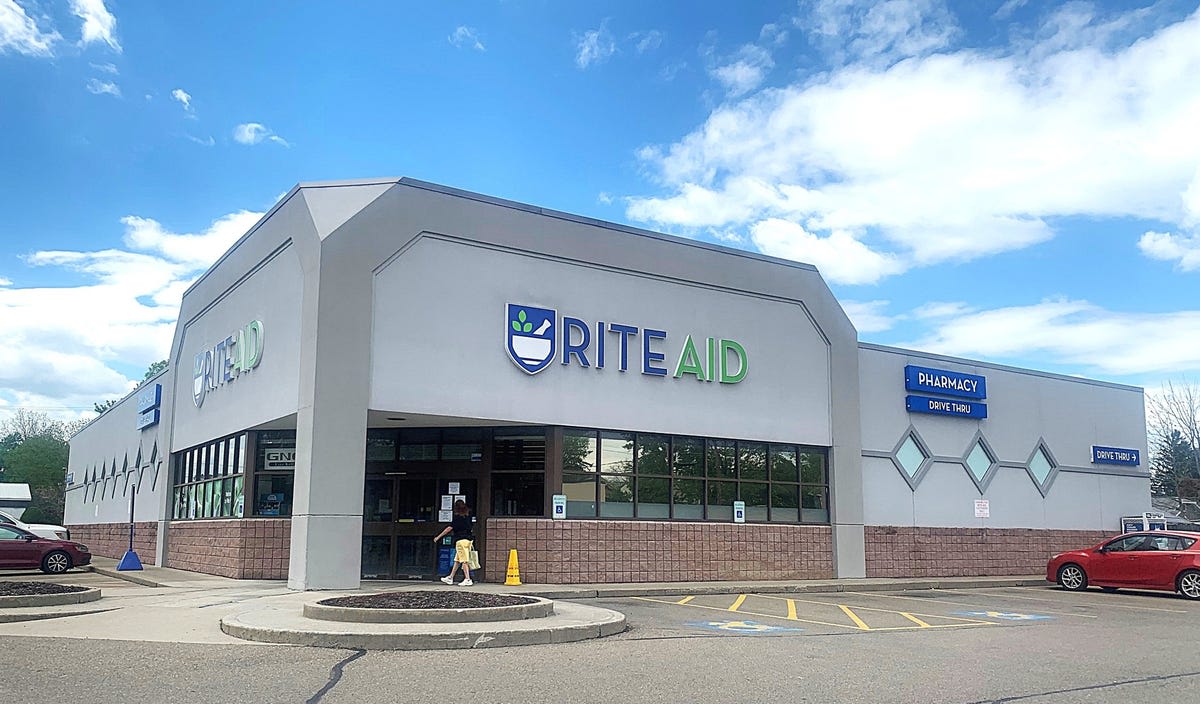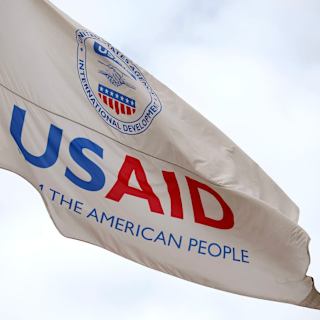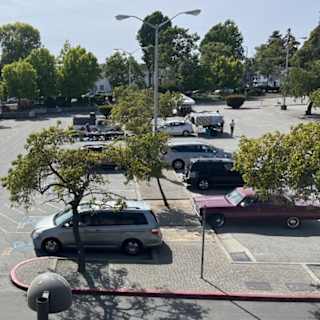- Rapid Collapse After First Bankruptcy
- Mass Layoffs and Asset Sales
- Pharmacy Access Concerns
Rite Aid will close or sell all of its remaining 1,200 stores after filing for Chapter 11 bankruptcy protection for the second time in less than two years, marking the probable end of the 63-year-old pharmacy chain that once ranked as America's third-largest drugstore operator.
The Philadelphia-based company announced its eighth round of store closures this week, adding 118 locations to a growing list that now includes nearly 950 stores nationwide. The latest closures affect 20 stores in New York, bringing the total number of planned shutdowns in the state to over 70.

Rite Aid's second bankruptcy filing in May came just eight months after emerging from its first Chapter 11 proceeding in September 20241. The company had reduced its debt by $2 billion and secured $2.5 billion in exit financing during that restructuring, but struggled to stabilize operations2.
"While we have continued to face financial challenges, intensified by the rapidly evolving retail and healthcare landscapes in which we operate, we are encouraged by meaningful interest from a number of potential national and regional strategic acquirers," CEO Matt Schroeder said after the May filing3.
The company cited several factors for its rapid decline, including vendors who refused to ease restrictive payment terms after the first bankruptcy and customers who increasingly bought household items elsewhere4. Front-end retail sales, which carry higher profit margins than prescriptions, declined as customers viewed Rite Aid as a higher-cost provider4.
Rite Aid has secured $1.94 billion in financing to fund the bankruptcy process while seeking buyers for its assets1. The company sold prescription files from more than 1,000 stores to competitors including CVS, Walgreens, Albertsons and Kroger2.
Mass layoffs have begun across the company's footprint. In Pennsylvania alone, more than 595 corporate workers at the Philadelphia Navy Yard headquarters were terminated, with total state layoffs expected to reach 1,100 by summer's end3. All 33 remaining Philadelphia stores are scheduled to close3.
The closures raise concerns about pharmacy access, particularly in rural areas where Rite Aid stores served as the only nearby pharmacy option. Scott Greene, a clinical assistant professor at Saint Joseph's University and former Rite Aid district manager, warned that emergency rooms could see increased patient volume as people lose access to routine pharmacy services1.
"If you think about people who don't drive, or they're disabled or financially they can't get somewhere, I think some people are going to abandon some of their needs," Greene said1.
The company, founded in Scranton, Pennsylvania in 1962, operated more than 4,000 stores at its peak three decades ago2.



